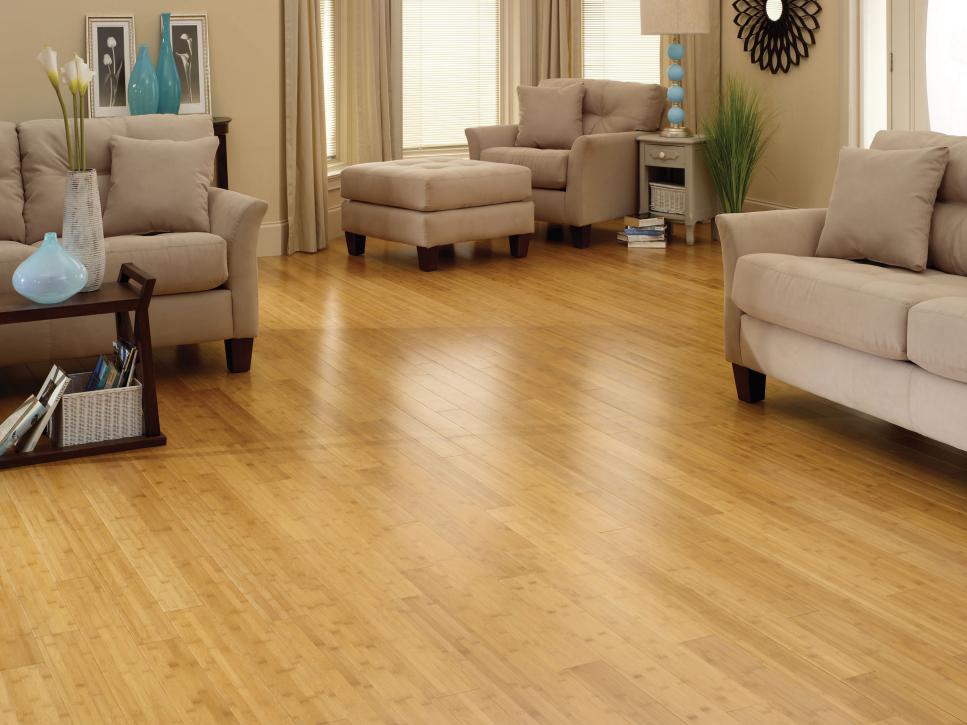
The bamboo under construction is an unbeatable material used from more remote antiquity by man to increase your comfort and well-being. In the world of plastic and steel today, bamboo continues to contribute its centennial contribution and is still growing in importance.
The international technical cooperation programs have recognized the exceptional qualities of bamboo and are carrying out an extensive exchange of varieties of that plant and the knowledge related to its use. In six Latin American countries, projects are currently underway to test and select outstanding varieties of bamboo harvested from around the world, and also to determine the potential place of this material in the local economy. These projects, which are now part of the technical cooperation program of the fourth point, have been taking place for several years and some of them have already reached a stage of development in which the multiplicity of uses of bamboo has become a stimulating reality.
ASC Building is the leading provider of building supplies here in Australia. Contact us today for more information.
Description
In regions where bamboo grows, the climate is generally warm and humid, which leads to the use of materials with low thermal storage capacity and designs that allow cross ventilation. Bamboo constructions fully satisfy these requirements, which explains their use in these areas.
The bamboo walls cannot be built to be airtight and leakproof, so cross ventilation is inherently provided, providing a pleasant and moisture-free environment.
The flexibility and high resistance to stress make the bamboo wall highly resistant to earthquakes, and in case of collapse, its light weight causes less damage; the reconstruction is quick and easy.
Specialized labor is required to work bamboo, but in areas where bamboo grows they are traditional.
The biggest disadvantages are due to its relatively low durability (due to biological attacks), and low resistance to hurricanes and fire, so protection measures are essential.
Bamboo houses
The single bamboo can be used to make parts of a house other than the fireplace. In most cases, however, bamboo is combined with other building materials such as wood, clay, lime, cement, galvanised iron, and palm leaves, according to their relative efficiency, availability, and cost.
The use of bamboo as a building material, whether primary, secondary, or occasional is common in areas where adequate bamboo grows in sufficient quantity. The importance of bamboo in any given region is usually determined by the economic level of the common people for the position of other more durable materials. The structural solidity.
Adapted to the demands of local conditions, it is commonly achieved with bamboo, but usually a general monotony in design and a mediocre level of execution characterize bamboo houses in many regions.
In certain cultural areas, however, and especially at very high economic levels, such as among the educated parts of Japan, Java and Malaysia, bamboo is employed architecturally in forms that are distinctive and basically artistic. Cohen, indirectly, alludes to this recognition of the special virtues of bamboo; “The main post in a Japanese house characterizes the house as soon as quality and construction are considered.”
Roofs
The structural elements of the roof are fixed to the post, and allow a properly built house to stand despite earth tremors and operations. The author has seen many houses in which the main post is a sturdy bamboo or where he adds character to a wooden pole by coating it with bamboo. The bamboo has the following characteristics that make it a convenient and economical material for the construction of the house as well as for the scaffolding that facilitates the construction:
The natural units, rods or bamboo canes as they are called, are of measures and forms that make them manageable, storable and systematized, conveniently and economically.
The reeds have a characteristic physical structure that provides them with high resistance in relation to their weight. They are round or almost round in their cross section, usually hollow, and with rigid transverse partitions, strategically placed to avoid breaking when bending. Within the concentrates on the external surface. In this position they can act more efficiently, providing mechanical strength and forming a firm and resistant shell.
The substance and texture of the reeds makes it easy to divide them by hand into short pieces (sawing or cutting them), or into narrow strips (splitting them). No expensive machines are needed, just simple tools.
The natural surface of many bamboos is clean, hard and smooth, with an attractive color, when the canes have been conveniently stored and matured. Bamboos have little waste and no bark to eliminate.
Foundations
Examples of the use of bamboo poles, instead of a conventional foundation for affordable houses, can be seen in both hemispheres. Unless they are treated with a chemical preservative, it is not to be expected that such poles will last an average of two or three years or five years, at most, in rare favorable conditions. Although there is no experimental data, it seems reasonable to expect that the durable classes of bamboo canes may last for a longer time, driven into the soil, by the application of pentachlorophenol in an appropriate form.
While studying suitable and economical treatments for the preservation of bamboo under conditions of frequent wetting or in contact with moist soil, it is considered appropriate to use for the foundations some material that is better than untreated bamboo, for example concrete, stone, brick, or some hard wood.
If bamboo is used as support in low-cost houses, the rods should have a larger diameter, thick walls and closer knots, to provide maximum resistance to buckling. When it is not possible to obtain large pieces of bamboo, it is convenient to use small bamboos, with adequate structural characteristics, moored and forming composite pillars.
Here at ASC Building Supplies you will find all the supplies you need to renovate or complete your house construction and make sure the final result is up to your expectations in terms of functionality and visual appeal.